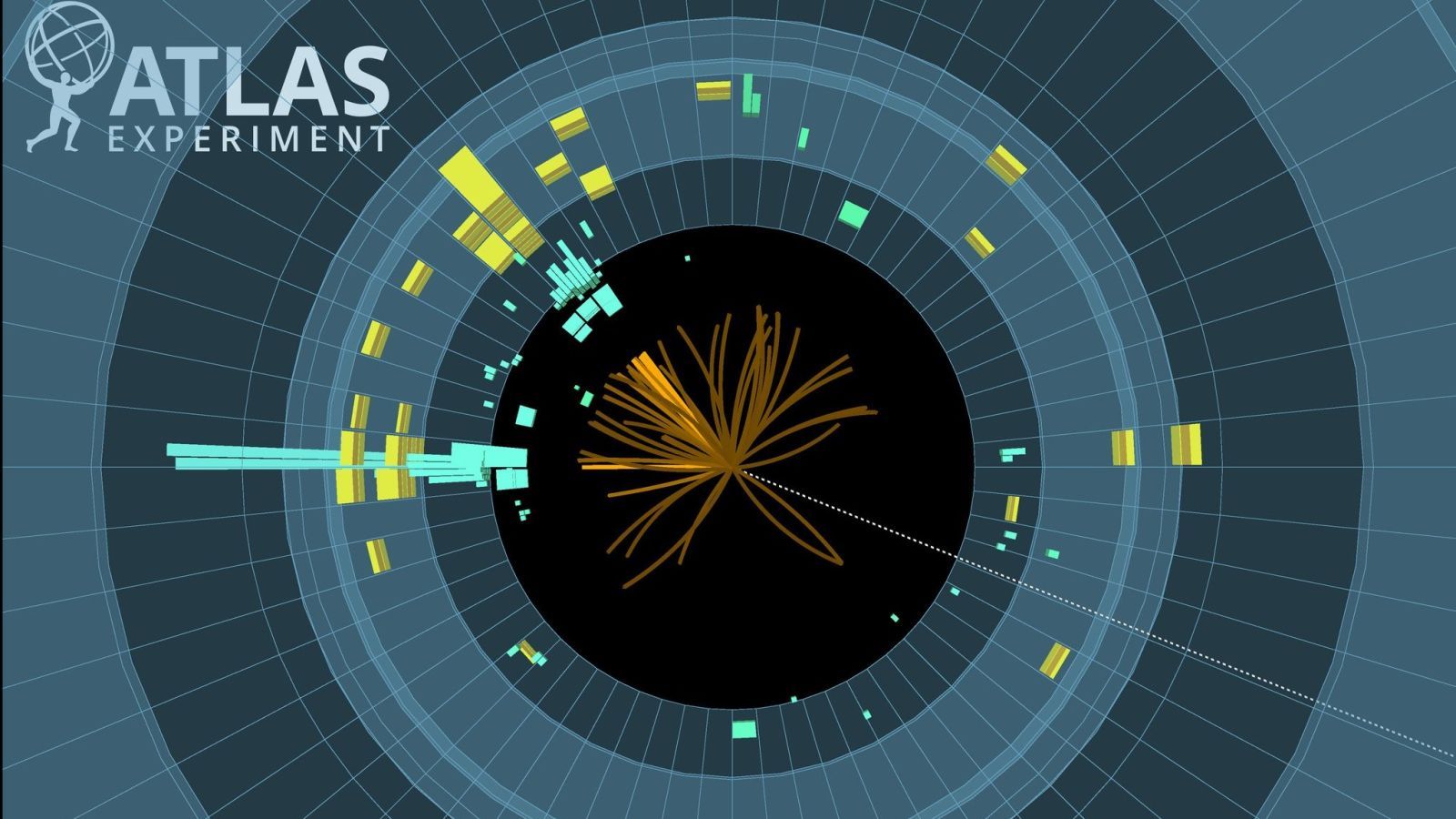News that takes us off Earth and into the great beyond!




This robotic assistant is also a self-driving bike.

Recent research led by Professor G.V. Shivashankar of the Mechanobiology Institute (MBI) at the National University of Singapore (NUS) and the FIRC Institute of Molecular Oncology (IFOM) in Italy, has revealed that mature cells can be reprogrammed into re-deployable stem cells without direct genetic modification — by confining them to a defined geometric space for an extended period of time.
“Our breakthrough findings will usher in a new generation of stem cell technologies for tissue engineering and regenerative medicine that may overcome the negative effects of geonomic manipulation,” said Prof Shivashankar.

Move over, Iron Man.
What makes this possible are the unique properties of carbon nanotubes: a large surface area that is strong, conductive and heat-resistant.
UC’s College of Engineering and Applied Science has a five-year agreement with the Air Force Research Laboratory to conduct research that can enhance military technology applications.
Boston Dynamics’ robots have been practicing human tasks.



Scientists can’t take pictures of the Higgs boson. But they can find proof of its existence by watching “E=mc” play out in hundreds of millions of particle collisions per second and detecting how it decays into other particles they do know how to spot. Now, six years after officially discovering the Higgs boson, particle physicists are announcing that they’ve spotted the Higgs in another way.
This announcement isn’t a surprise. It matches the predictions of the Standard Model of particle physics, the rock-solid but probably incomplete blueprint of the Universe on the smallest scales. But the news is certainly important; you might say it closes the first chapter of the Higgs boson’s story, and offers a potential window to explore some of most confounding questions in the Universe.